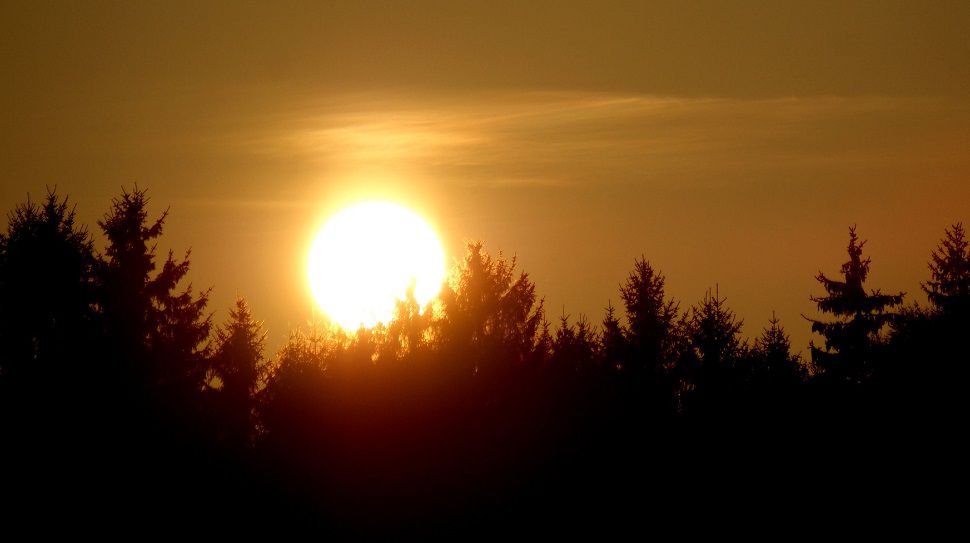If you've been wishing for a little bit more daylight to spend time outdoors in the sun, you're in luck.
While the typical coldest time of winter has just come and gone across Texas, the days have actually been getting longer ever since the winter solstice on December 21.
Known as the "shortest day of the year," we see only around 10 hours of daylight on the winter solstice.
By the time the new year began, the daylight time had already increased by nearly three minutes.
And, as our sun continues to gradually climb higher and higher in the sky each day, we will add on a whopping 30 more minutes or so by the end of the month, with the total up to more than 10 and a half hours of daylight on January 31.
When we reach the end of February, daylight will have increased nearly a full minute more.
The sun shines directly over the Tropic of Cancer on March 20, the vernal (or spring) equinox, with daylight time a little over 12 hours in duration.
The "longest day of the year," with more than 14 hours of daylight across most of the Lone Star State, is marked by the summer solstice on Sunday, June 20.
Why does this happen? It's all due to the 23.5 degree tilt of the Earth's axis in relation to our orbital plane.
Because of the tilt, we experience different seasons as the amount of sunlight varies across the planet during our annual journey around the sun.
Thankfully, we don't have long to wait: longer, brighter days lie ahead and it'll be spring in Texas before you know it.



